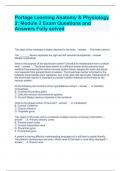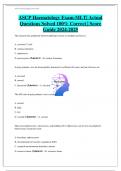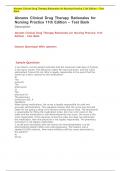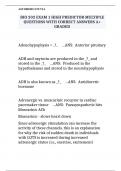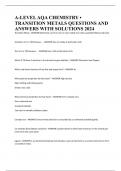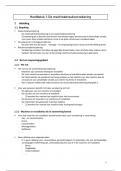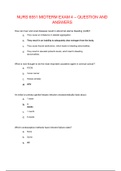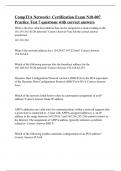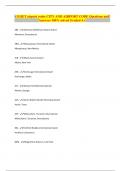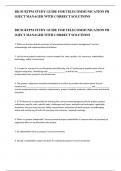Exam (elaborations)
Portage Learning Anatomy & Physiology 2: Module 2 Exam Questions and Answers Fully solved
- Course
- Institution
Portage Learning Anatomy & Physiology 2: Module 2 Exam Questions and Answers Fully solved This layer of the meninges is tightly attached to the brain. Pia mater (menix) The _______ fissure separates the right and left cerebral hemispheres. Median longitudinal What is the purpo...
[Show more]
